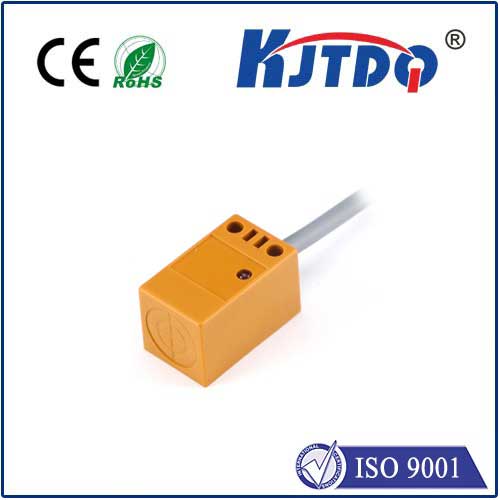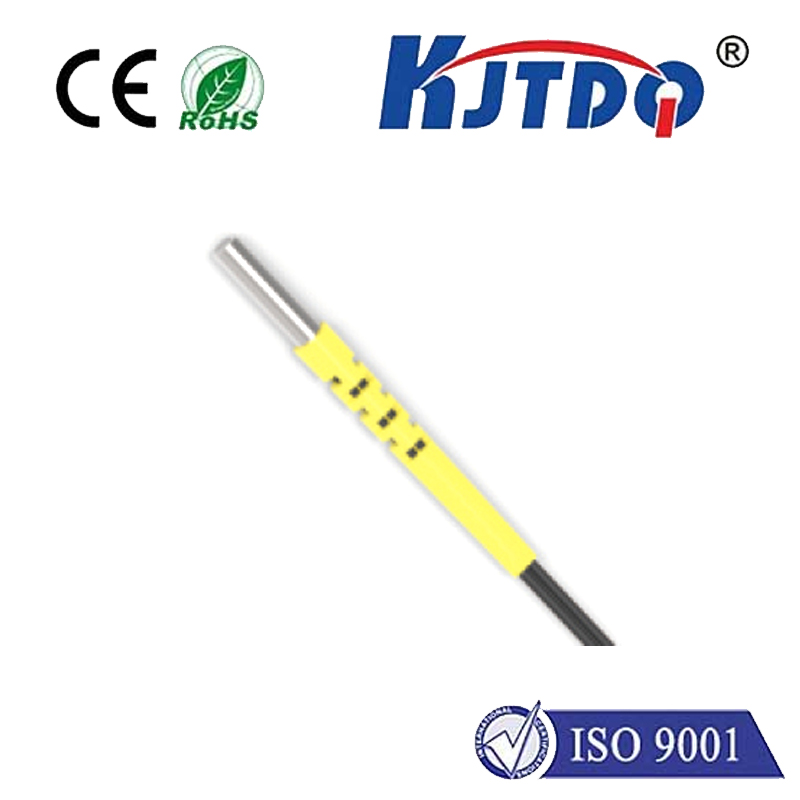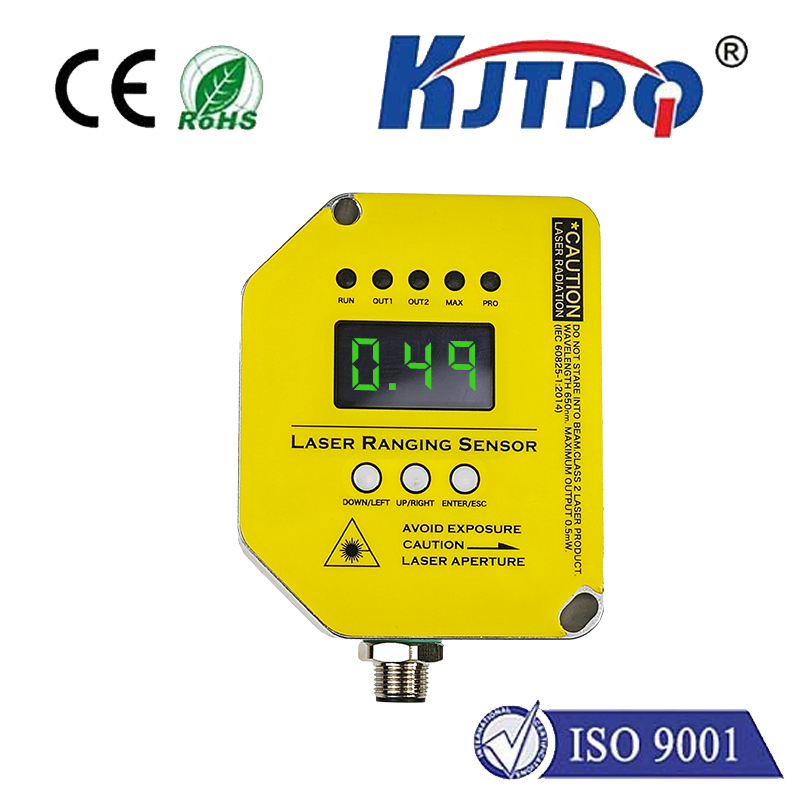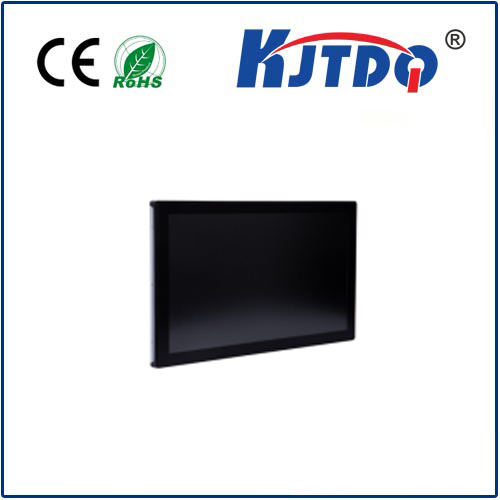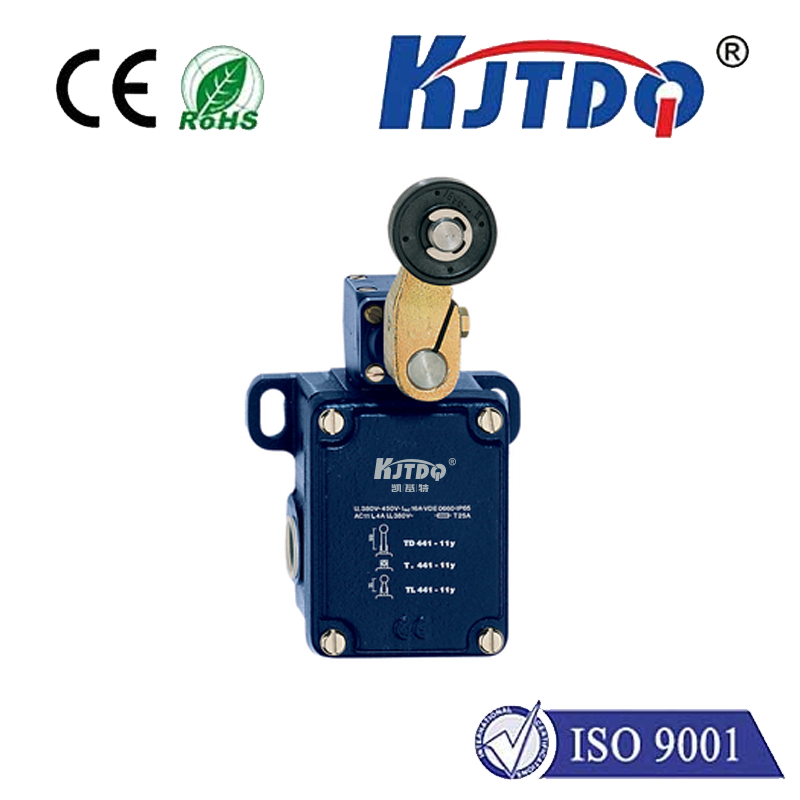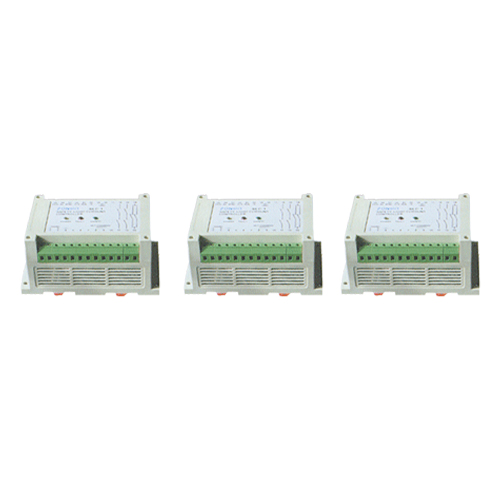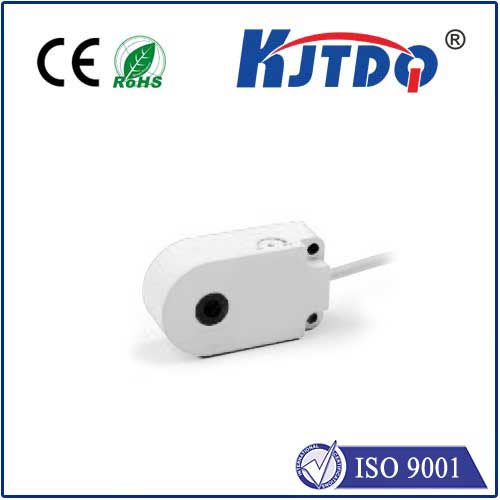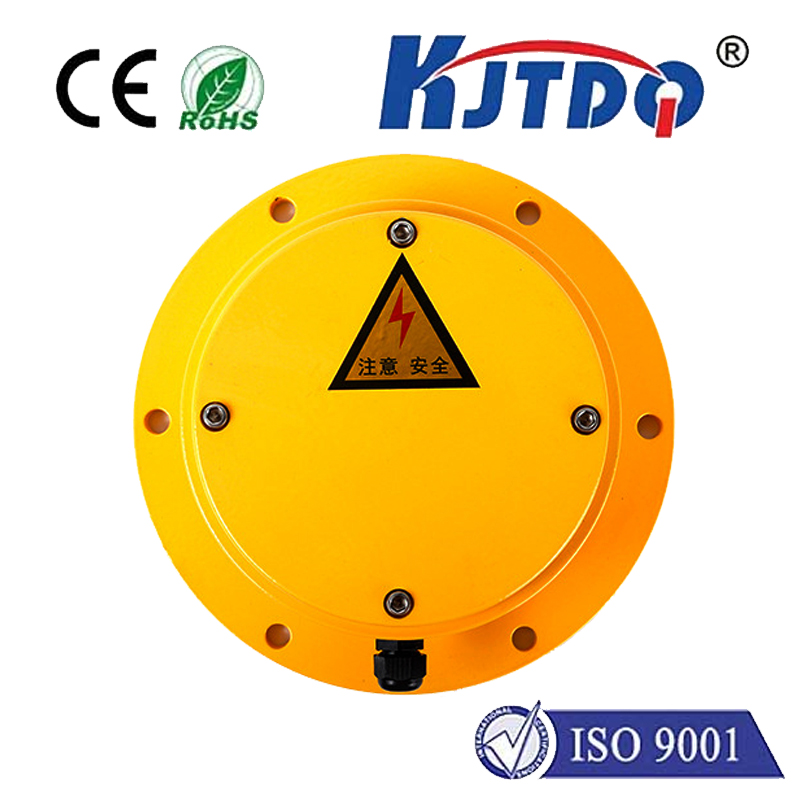laser distance measuring sensor 24v dc
- time:2025-09-11 04:45:05
- Click:0
Laser Distance Measuring Sensor 24V DC: Precision Measurement Engineered for Industrial Toughness
Imagine replacing bulky measuring tapes, cumbersome rulers, and human estimation errors with a beam of light that delivers exact distance readings in milliseconds. This is the reality offered by Laser Distance Measuring Sensors powered by 24V DC, the workhorses of automated precision measurement in demanding industrial environments. Far beyond simple distance tools, these sensors are critical components enabling automation, quality control, and efficiency gains across countless applications. Their robust power requirement isn’t an afterthought; it’s a core feature ensuring reliability where it matters most.
How Does a Laser Distance Sensor Work? At its core, the principle is elegantly simple. The sensor emits a highly focused, low-power laser beam towards a target. Depending on the sensor design, it measures distance using one of two primary techniques:
- Time-of-Flight (ToF): This method measures the precise time it takes for the laser pulse to travel to the target and back to the sensor. Knowing the constant speed of light, the sensor calculates the distance with remarkable accuracy:
Distance = (Speed of Light × Time of Flight) / 2.
- Phase Shift Measurement: Continuously emitting a modulated laser beam, this method analyzes the phase shift (difference in waveform) between the outgoing and reflected light. The degree of phase shift is directly proportional to the distance traveled. This technique often excels at high resolutions over shorter to medium distances.
Why 24V DC Power? The Industrial Standard Advantage
The specification “24V DC” is not arbitrary. It signifies a sensor designed from the ground up for the rugged realities of industrial automation and machinery. Here’s why this voltage is crucial:

- Ubiquitous Industrial Power: 24V DC is the dominant standard for control circuits, PLCs (Programmable Logic Controllers), safety systems, and machinery power supplies within factories, plants, and warehouses. Sensors operating on 24V DC integrate seamlessly into these existing electrical infrastructures without requiring complex, expensive, or potentially unsafe voltage converters.
- Enhanced Noise Immunity: Industrial environments are electrically noisy places, filled with motors, variable frequency drives (VFDs), and switching circuits generating electromagnetic interference (EMI). Systems operating at 24V DC are generally more resistant to this noise compared to lower voltage systems (like 5V or 12V), ensuring stable and reliable sensor readings even in electrically challenging conditions.
- Long Cable Runs: Automation often requires sensors to be mounted some distance away from the control cabinet. 24V DC systems can support longer cable runs without significant voltage drop compared to lower voltages, ensuring the sensor receives adequate and stable power consistently.
- Compatibility with Safety Standards: Many safety-related control circuits operate at 24V DC. Sensors powered at this voltage can often interface directly with these critical systems, facilitating features like safe shutdowns or monitoring safety zones.
- Robustness: Devices specified for 24V DC industrial use are typically built to higher standards of durability, ingress protection (IP ratings for dust and water resistance), vibration tolerance, and temperature range (-10°C to +60°C or wider is common), ensuring longevity.
Key Features & Capabilities of 24V DC Laser Distance Sensors
Modern laser distance measuring sensors offer a compelling feature set:
- High Accuracy & Resolution: Capable of micron, millimeter, or centimeter-level accuracy depending on the model and range, enabling critical inspection and positioning tasks.
- Long Measurement Ranges: Models are available covering distances from a few centimeters up to several hundred meters, suitable for diverse applications.
- Fast Response Times: Measurements are taken and outputted in milliseconds, essential for high-speed automation and dynamic processes.
- Non-Contact Operation: Measures objects without physical touch, vital for delicate surfaces, moving objects, or inaccessible locations.
- Compact Designs: Modern sensors pack significant capability into small, easy-to-mount housings.
- Multiple Output Options: Common outputs include analog (0-10V, 4-20mA), digital (RS232, RS485, USB), switching signals (NPN/PNP), and industrial Ethernet protocols (EtherNet/IP, PROFINET, Modbus TCP), ensuring compatibility with various controllers.
- Integrated Intelligence: Many sensors feature onboard logic for functions like min/max detection, windowing, or averaging, reducing controller load.
Where 24V DC Laser Distance Sensors Shine: Key Applications
The combination of precision, non-contact measurement, and industrial-grade 24V DC power makes these sensors indispensable:
- Material Handling & Logistics: Pallet dimensioning, stack height control, conveyor belt gap monitoring, crane positioning, automated guided vehicle (AGV) navigation and obstacle detection.
- Robotics & Automation: Precise robot guidance for pick-and-place operations, bin picking, welding seam tracking, and assembly verification.
- Industrial Manufacturing: Roll diameter measurement, fill level control in tanks/silos (non-liquids), product thickness gauging, component positioning on assembly lines, edge detection.
- Construction & Civil Engineering: Machine control (excavators, graders), monitoring structural deformations, alignment tasks, landslide monitoring (long-range variants).
- Packaging & Processing: Bottle/can fill level control (transparent or opaque), checking package presence/seal integrity, carton dimensioning, label placement verification.
- Wood & Metal Working: Board thickness measurement, log diameter scanning, saw control, sheet metal positioning, weld gap control.
Choosing the Right 24V DC Laser Distance Sensor
Selecting the optimal sensor involves careful consideration:
- Required Range & Accuracy: Define the minimum/maximum distance and the necessary precision/resolution.
- Target Characteristics: Consider color, surface material (shiny, dark, transparent), reflectivity, and surface roughness, as these can impact laser beam return signal strength. Many sensors offer adjustable sensitivity or automatic exposure control.
- Environmental Conditions: Assess temperature extremes, dust, moisture (IP rating required?), vibrations, and ambient light interference.
- Output Interface: Ensure compatibility with your PLC or controller (analog, digital IO, serial, Ethernet).
- Response Time: How fast does the process require a measurement?
- Mounting Constraints: Size, weight, and mounting options (brackets, threaded holes) matter.
- Special Features: Does the application need switching outputs, onboard logic, specific communication protocols, or intrinsically safe versions?
Integration Best Practices
- Stable Mounting: Ensure the sensor is rigidly mounted to minimize vibration affecting measurements.
- Optical Protection: Use the appropriate mounting brackets to shield the lens from dust, debris, and physical damage.
- Clean Lens: Regularly clean the laser window/lens as dirt or condensation drastically reduces performance.
- Power Quality: While 24V DC is robust, ensure clean power supply. Consider filtering if significant electrical noise is present.
- Correct Wiring: Always follow the manufacturer’s wiring diagram, paying close attention to power polarity (+24V and 0V/GND) and output signal connections.
- Calibration & Configuration: Utilize the manufacturer’s software or teach-in functions (if available) to configure settings like measurement units, output scaling, switching thresholds, and filters for optimal performance in the specific application.
Embracing Industrial Precision
The **24V DC laser distance measuring






